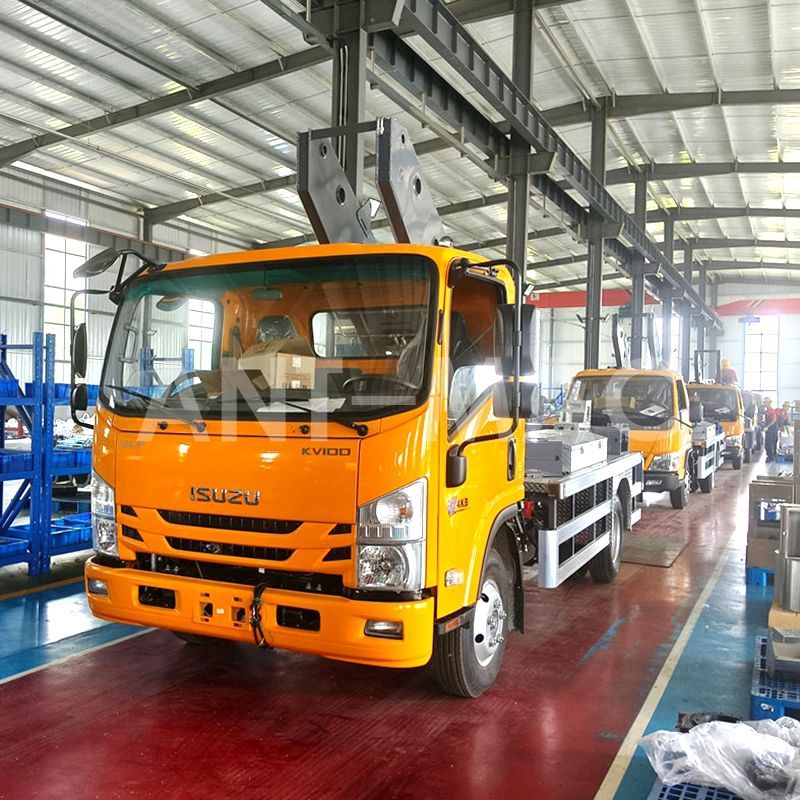I run a small landscaping company, and last year, I needed 8 scissor lifts for tree-trimming season. New ones would’ve cost $12,000—way out of my budget. So I bought 8 used lifts for $4,000, crossed my fingers, and got to work. Half the cylinders looked rough, but with a little elbow grease and $200 each in parts, I got them to run for 3 years. Now I swear by refurbishing used scissor lift cylinders—if you know what to look for, they’re not a gamble, they’re a steal.

1. How to Spot a Good Used Cylinder (My 5-Minute Check)
Not all used cylinders are worth saving. I’ve bought lemons before, so now I use this checklist—takes 15 minutes, saves me from headaches:
1.1 Give It a Good Look
Piston Rod: It should shine like a mirror. If it’s dull, the plating’s worn. If there are rust spots or deep scratches, walk away—refurbishing it will cost more than a new cylinder. Last year, I almost bought one with pitting; glad I checked—would’ve been a waste.
Barrel: No dents, no cracks. Even a tiny dent will make the piston stick. Check the welds too—cracks here mean it could burst under pressure.
Seal Area: If there’s dried fluid or crusty seal bits, the previous owner neglected it. I pass on these—who knows what else is wrong inside?
Threads: Stripped threads on the hoses mean leaks. I once bought a cylinder with stripped threads; had to replace the whole end cap—cost me an extra $100.
1.2 Test the Pressure (Rent a Gauge!)
You can rent a hydraulic pressure gauge for $50 a day—do it. Hook it to the cylinder, extend the rod, and apply full pressure. Hold it for 5 minutes. A 5% pressure drop is fixable; over 10%? It’s toast. I tested one cylinder that dropped 15%—saved me from buying a dud.
1.3 See If It Leaks
If you can test it on a lift, raise the platform and let it sit for an hour. If it sinks more than 3cm, there’s an internal leak. I had one that sank 5cm—turned out the piston seal was shot, but replacing it cost $20, so it was worth it.
1.4 Give the Rod a Push
With pressure off, push and pull the rod. It should move smooth—no grinding, no sticking. Stiffness means the barrel is scratched; you’ll need to hone it. I had one that stuck halfway—honing the barrel fixed it for $100.
1.5 Ask for Records
If the seller has maintenance logs—seal replacements, fluid changes—buy it. A cylinder with records is twice as likely to last. I bought two cylinders from a rental company that kept logs; they’re still running great.
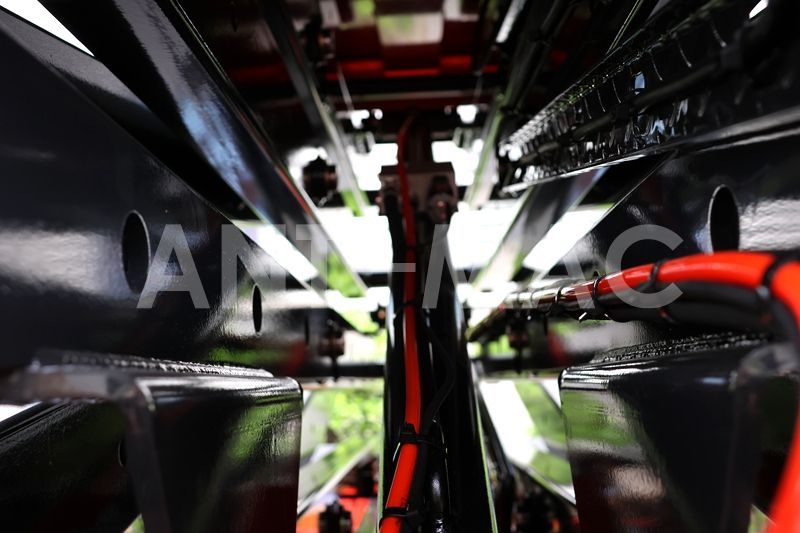
2. Refurbishing a Used Cylinder (Step-by-Step, Like I Teach My Crew)
Refurbishing isn’t rocket science—just take your time. Here’s how I do it:
2.1 Fix the Piston Rod
The rod takes the most abuse. For minor scratches, I sand with 600-grit sandpaper, then polish with 1,000-grit until it’s smooth. For rust, I use a wire brush, then a chrome touch-up kit ($20). Deep scratches? I buy an OEM rod ($150–$200)—aftermarket rods are cheaper but never fit quite right.
2.2 Replace Every Seal (Don’t Cut Corners!)
Even if seals look good, replace them. Used seals are on their last legs. I use OEM seals or upgrade to Viton seals if the cylinder will be outside. Replace the rod seal, piston seal, and wiper seal—partial replacements mean leaks later. A $30 seal kit beats a $800 cylinder.
2.3 Clean the Barrel (Hone If Needed)
Debris inside the barrel tears up the piston. I flush it with hydraulic cleaner ($15), then wipe it with a lint-free cloth. If the inside feels rough, I rent a portable honing tool ($100/day) to smooth it. Aim for Ra 0.4–0.8 μm—smooth enough to protect the new seal.
2.4 Check the Piston and Valves
If the piston is 0.5mm smaller than the barrel, replace it ($50–$100). A loose piston causes pressure loss. I also clean valves with compressed air—clogged valves make the lift slow and strain the cylinder.

3. How to Keep a Refurbished Cylinder Running for 5 Years
Refurbished cylinders need a little extra love the first 6 months:
Break It In: Run the lift at 50% capacity for the first 10 hours. Let the new seal settle in—don’t max it out right away.
Weekly Checks: Inspect for leaks, clean the rod, check fluid levels. I once caught a small leak early; fixed it with a $5 seal instead of replacing the cylinder.
Monthly Fluid Change: Replace oil after the first month to flush out debris from refurbishing.
Quarterly Pressure Tests: Make sure pressure stays consistent. Catching a small leak early saves big.
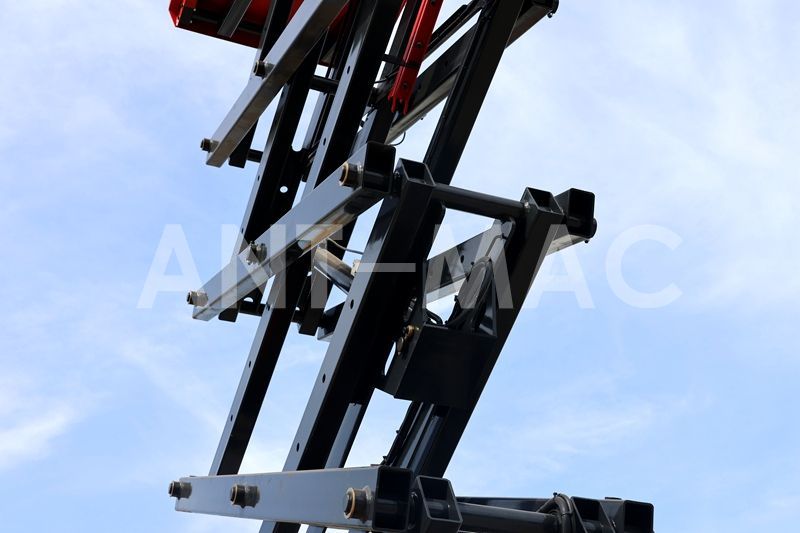
4. My Landscaping Company Success Story
Remember those 8 used lifts I bought for $4,000? I spent $1,600 ($200 each) on refurbishments: Viton seals, rod refinishing, barrel cleaning. I followed the break-in plan, and after 3 years:
Only 1 cylinder needed replacement ($800).
Total cost: $6,400—half the price of new lifts.
I use those lifts every day for trimming trees and installing lights. They’re not perfect, but they’re reliable—and that’s all a small business needs.
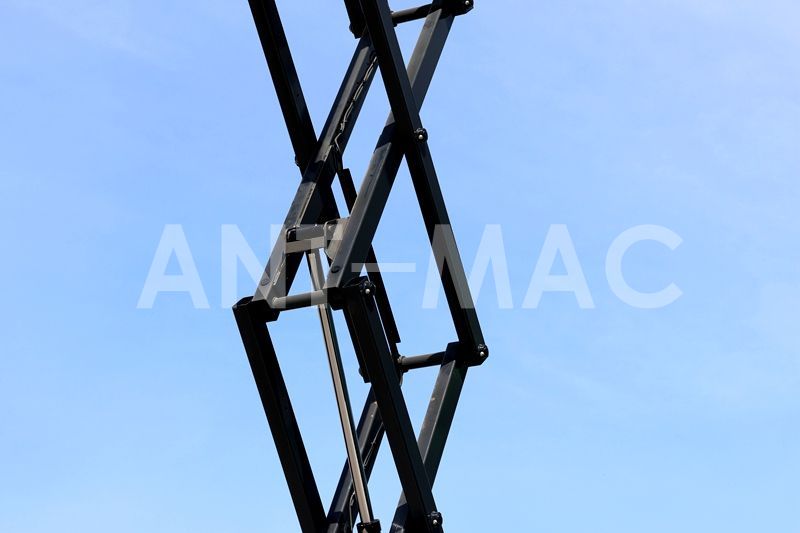
5. When to Walk Away
Some cylinders aren’t worth fixing:
Bent barrels: You need special tools to straighten them—costs $500+.
Cracked rods: Replacement costs almost as much as a new cylinder.
Welded barrels: Welds weaken the metal—unsafe under pressure.
I once passed on a cylinder with a welded barrel. The seller wanted $100, but I knew it would fail. Saved myself a headache.
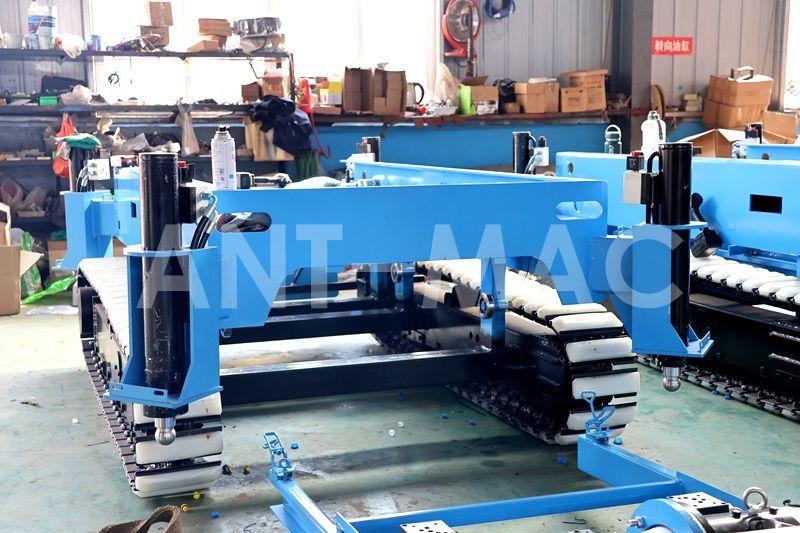
Conclusion
Used scissor lift cylinders aren’t a risk—they’re a smart move for small businesses. With a quick check, some basic refurb work, and a little extra care, you can get 3–5 years of use for a fraction of the cost. I’ve built my fleet on these—no need to spend big to get reliable equipment.
 Russian
Russian
